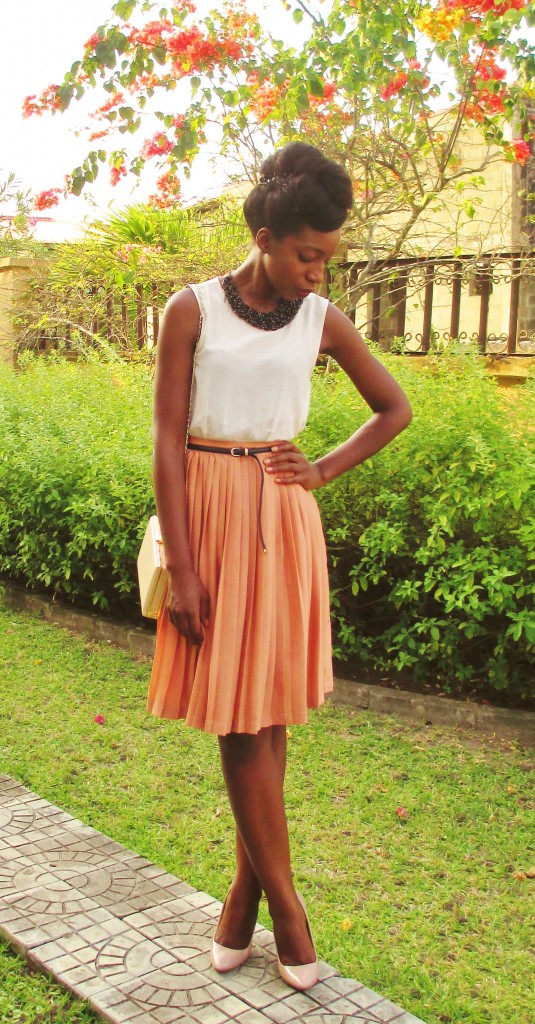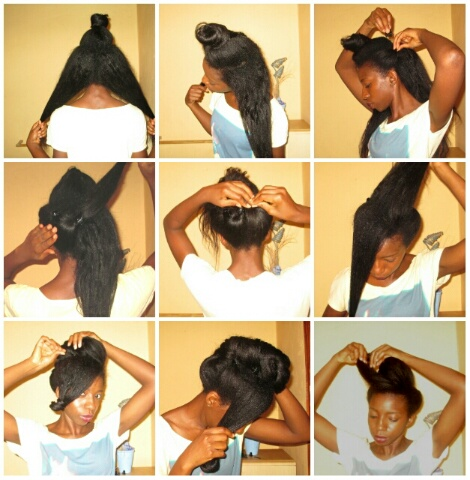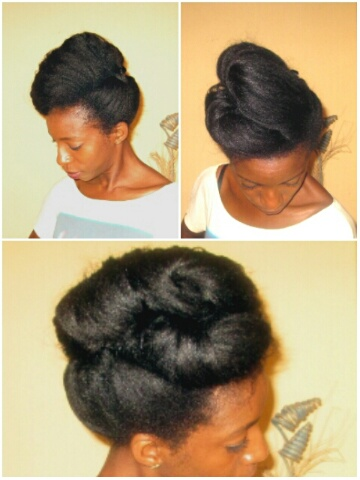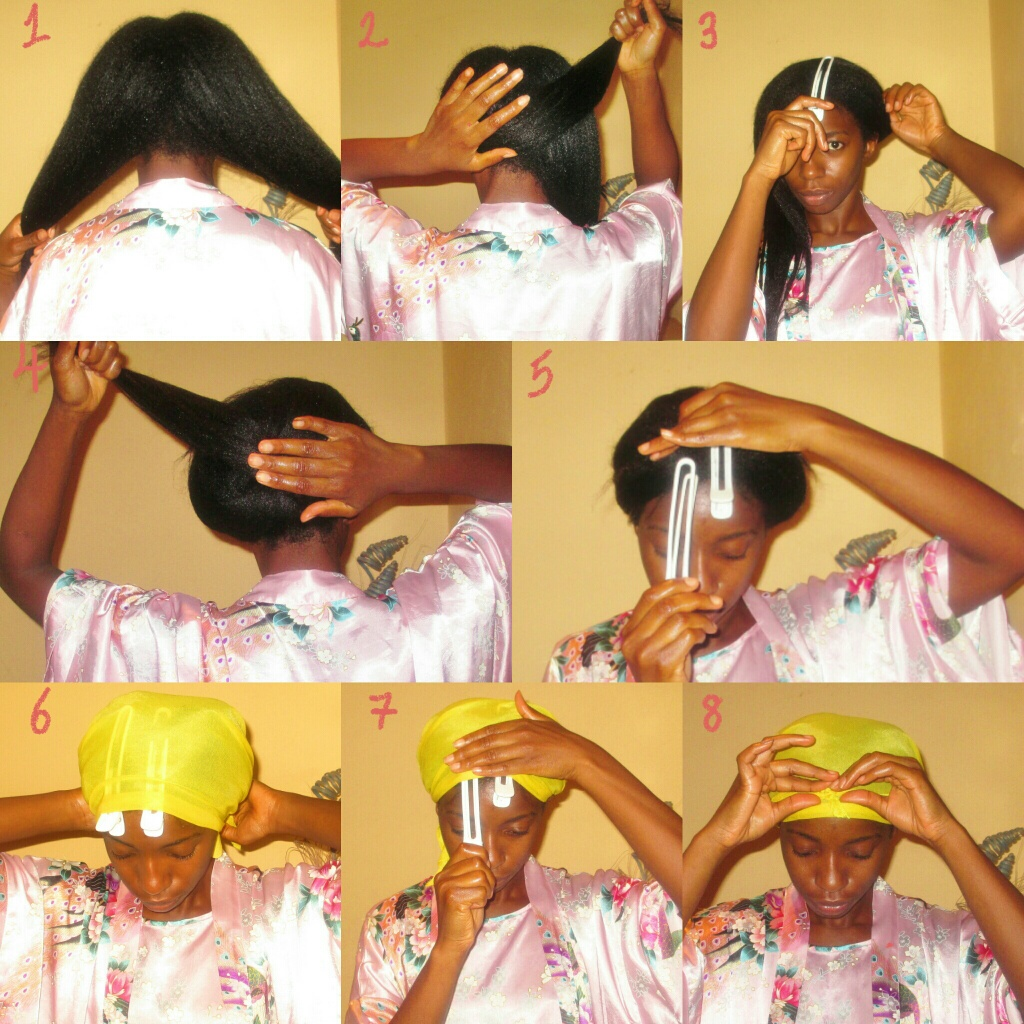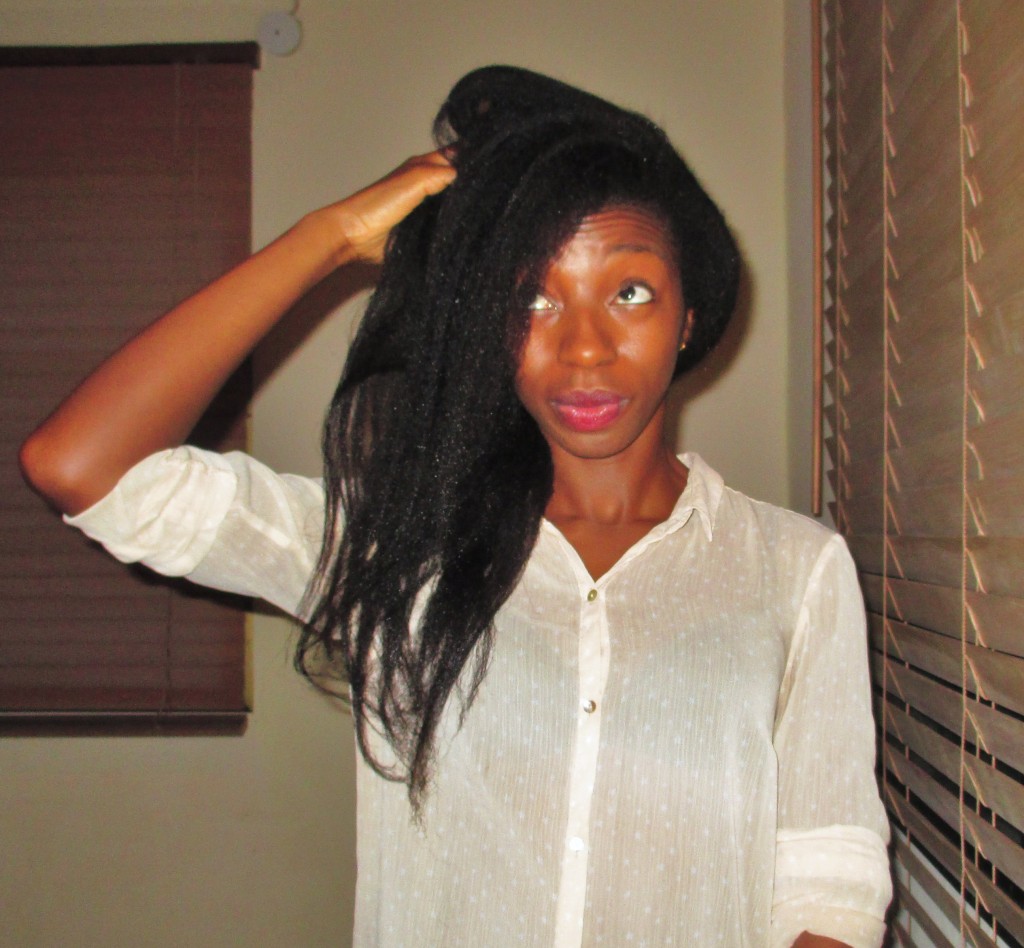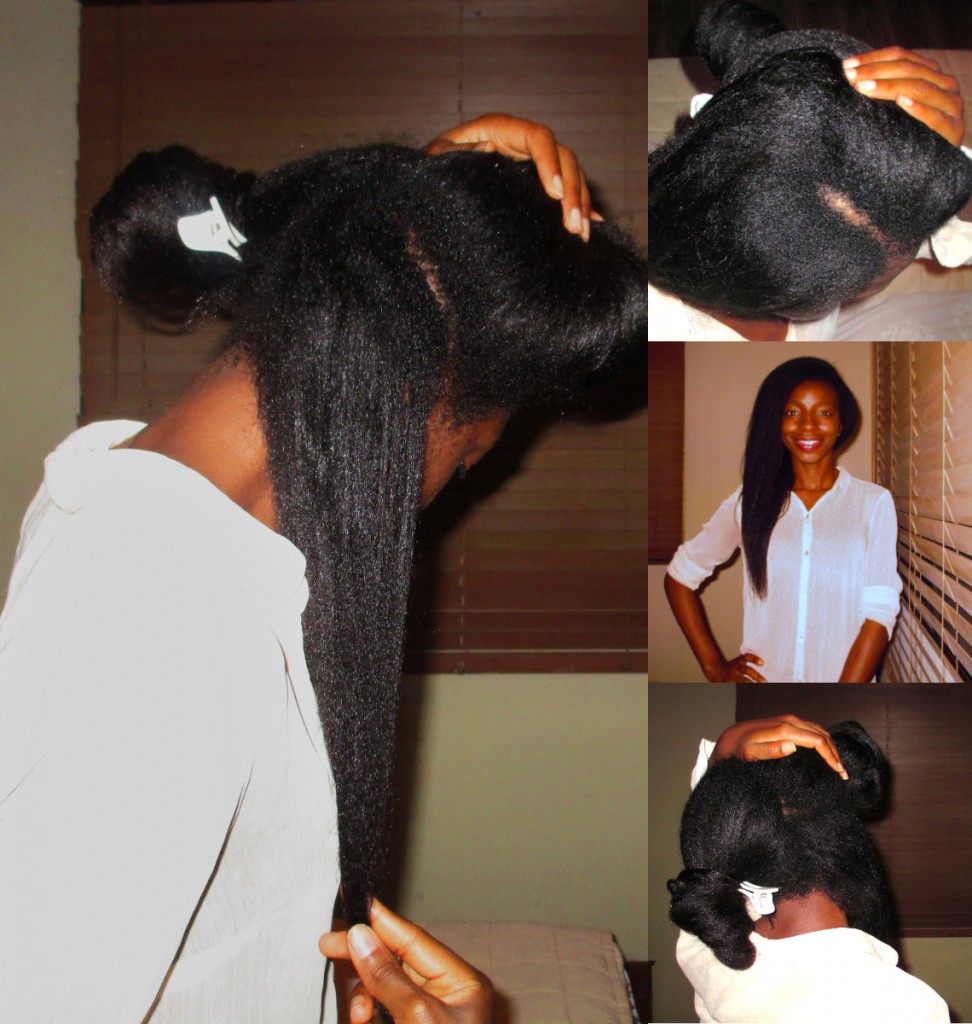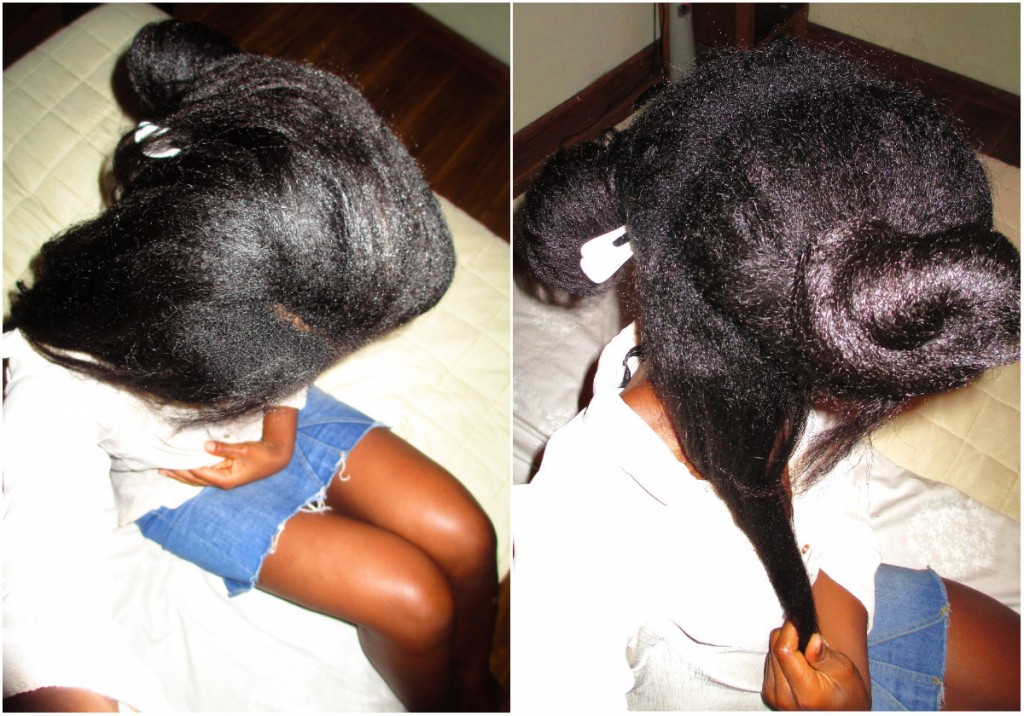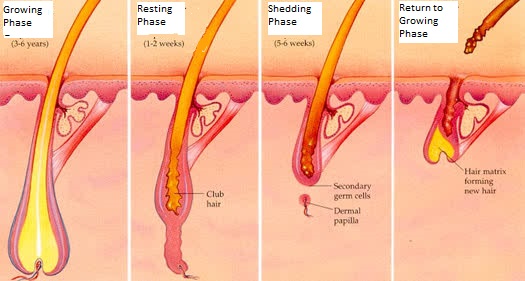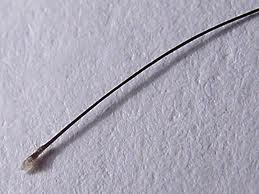Hello ladies
I am so sorry about the unplanned hiatus. I was a lil under the weather. When I began to feel better and was ready to blog my laptop packed up. I thank God my laptop and I are well now.
I hope you have been well. How is the hair journey going?
This bog post is part two of the Shedding vs breakage series. I hope you have read part one which sets out the differences between shedding and breakage and how to identify either.
In this blog post I will be sharing tips on how I minimise shedding and breakage.
HOW TO MINIMISE SHEDDING
As noted in part one shedding is a normal part of the hair growth cycle however there are ways to minimise or reduce shedding. A popular method amongst ladies on a hair journey and the method I use myself is Black Tea Rinses.
What is a Black Tea Rinse ?
To carry out a black tea rinse, boil some water and steep some tea bags in it. Leave the tea bags in the hot water and allow it to cool down completely to room temperature. Remove the tea bags. After washing your hair, pour the cooled down tea on your hair and scalp.
I use two tea bags in half a litre of water, this works for me but feel free to experiment with the number of tea bags and amount of water you use. It is not an essential part of a hair regimen but there are benefits to doing it. You can use any brand of tea, Lipton, PG Tips, Typhoo, Tetley, etc.
How Does it Work?
DHT is a hormone which can cause hair loss. This hormone can be blocked by caffeine. Black tea contains more caffeine than coffee and when used as a rinse, helps to reduce shedding. This is a simplified explanation and I am doing further research into understanding how this in greater detail. Other great benefits of black tea rinses are that it adds shine and darkens hair with frequent use.
Practical Tips for Doing a Black Tea Rinses
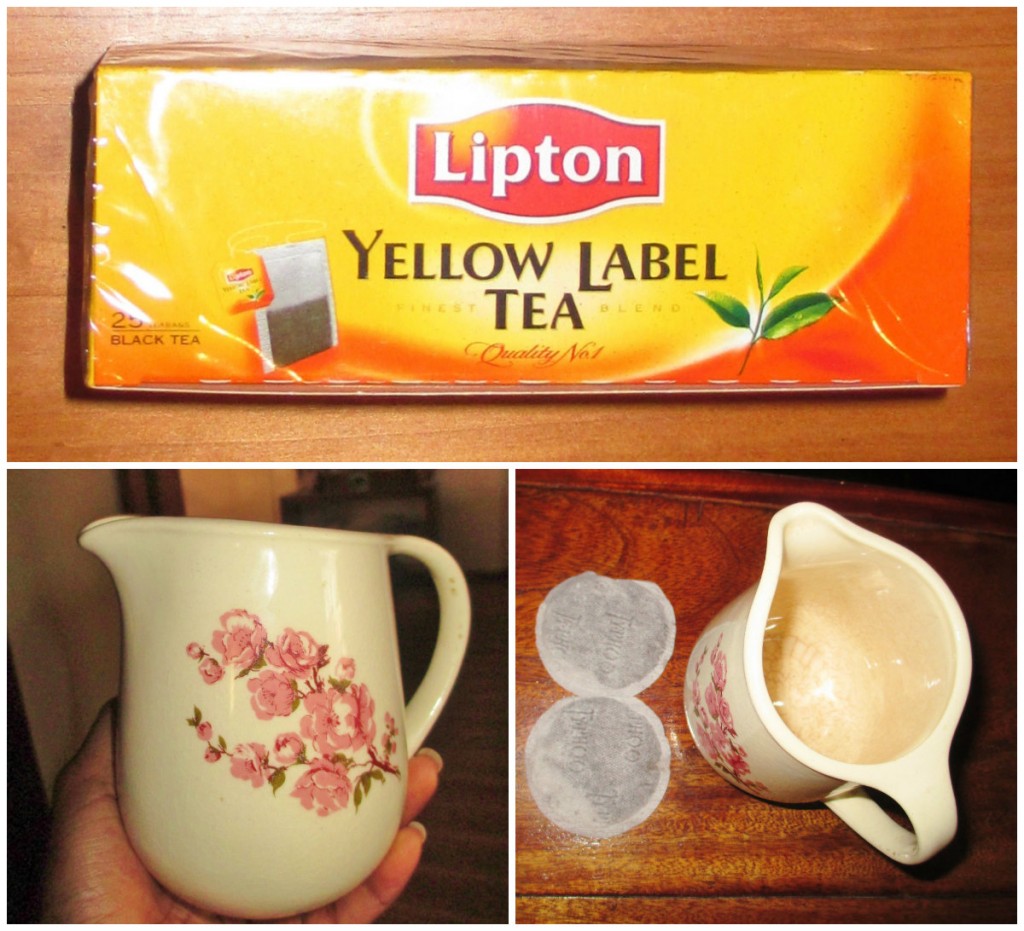
I bought this cute mini jug for my black tea rinses
There are many ways of doing a black tea rinse.
Option one: wash and rinse your hair, pour the cooled tea on your hair and scalp. Leave the tea in your hair for 10 or more minutes, rinse out the tea and then proceed to deep conditioning.
Option two: wash and rinse your hair, pour the cooled tea on your hair and scalp. Leave the tea in your hair for a few minutes, do not rinse out the tea, simply apply your conditioner to your hair and deep condition. This is the option I use.
Option three: wash and rinse your hair, apply your deep conditioner, put the tea in a spray bottle and spray the tea on your scalp. Proceed with deep conditioning.
Some ladies note that black tea rinses causes their hair to tangle so this option would be beneficial for such ladies because the tea is sprayed on your scalp and only a little amount will run unto you hair.
Note that black tea rinses should be done before or during conditioning. They should never be done after conditioning because it may leave your hair feeling dry.
Remember that shedding can never be eliminated completely, but black tea rinses help to keep shedding to a minimum. Please note that if your hair suddenly begins to shed in very large amounts and you think you may have a medical condition which is causing the shedding, you should consult with your doctor.
HOW TO MINIMISE BREAKAGE
To reduce breakage, you have to consider what the causes of breakage are and eliminate them from your hair regimen.
Popular Causes of Breakage
Dryness
Dry hair has a high tendency to split and break. Moisturising and sealing regularly will reduce the risk of breakage. For further information on moisturising and sealing see this post.
Protein and Moisture Imbalance
Deep conditioners and leave in conditioners are either protein conditioners which strengthen hair or moisturising conditioners which soften hair and improve its elasticity. Using too much or not enough of either protein or moisturising products will lead to breakage. It is therefore essential to achieve protein-moisture balance to minimise breakage. For further detailed information about protein and moisture balancing see this post.
Rough Handling
One thing I would like ladies to remember whenever they are handling their hair is this: black hair is delicate and must be handled with care. Our hair cannot withstand aggressive handling. I cannot emphasise this enough. If you (or salon staff) are not gentle with your hair it will break.
Damage
From the moment our hair strands grow out of their hair follicles they will begin to experience some form of damage. Some of the damage will occur naturally from ageing of the hair fibre or good old wear and tear. Some damage however is self caused and this should be reduced or eliminated from your hair regimen. Common causes of damage include chemical abuse( relaxing hair too often or incorrectly), incorrect installation, maintenance or removal of hair extensions, frequent use of direct heat, damaged combs and hair styling accessories, neglecting you hair, etc. For more detailed information on damage and how to reduce damage please see this post.
Hope you’ve found this post to be a worthwhile read. Anyone going to try the black tea rinse?
I will be putting up blog posts about my night time routine and mistakes I made early on in my journey soon.
X
Lade
Learn | Change | Grow
